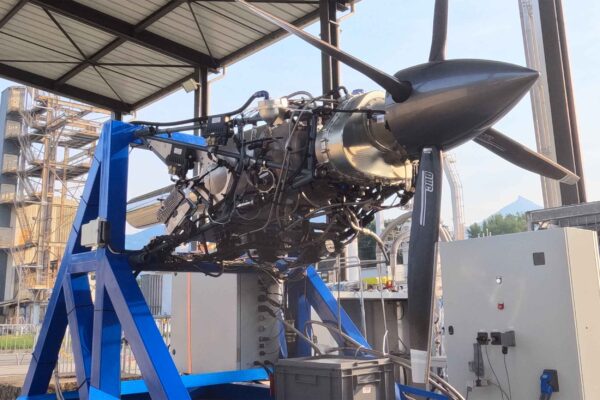It’s Thursday afternoon and we’re all busy getting ready for tonight’s Livestream, so we thought we’d ask ChatGPT to take a look at any weaknesses in the CAA’s recently published strategy on regulating AI (we also asked it for the illustration).
- Complexity of AI Regulation:
- The rapidly evolving nature of AI technologies makes it challenging to create timely and effective regulatory frameworks.
- Balancing innovation with robust safety measures risks either stifling technological progress or underestimating emerging risks.
- Resource Constraints:
- Limited resources within the CAA might hinder the development and enforcement of sophisticated AI oversight.
- Expertise in AI and its applications in aviation is scarce and may lag behind industry advancements.
- Ethical and Bias Challenges:
- Ensuring AI systems are free from bias and operate transparently is a significant challenge, particularly in critical safety applications.
- Establishing trust in AI’s decision-making in aviation, a high-risk industry, is difficult.
- Global Harmonization Gaps:
- AI applications in aviation are global, requiring international regulatory harmonization. Disparities between UK policies and those of other jurisdictions might create compliance conflicts.
- Collaboration with global entities is still in early stages, risking inconsistent AI standards.
- Adoption Risks and Trust:
- Public and stakeholder trust in AI-enabled systems remains a hurdle. High-profile failures could severely impact acceptance.
- Internal adoption of AI might face resistance due to concerns about job displacement or reliability of automated tools.
- Cybersecurity and Data Concerns:
- AI systems increase exposure to cybersecurity risks, which the strategy may not adequately address.
- The management and protection of vast data sets needed for AI pose potential risks to compliance with data privacy standards.
- Implementation Lag:
- The document hints at potential delays in integrating AI into regulatory and operational processes due to bureaucratic inertia or the need for rigorous validation.
Overall, while the CAA’s approach lays a foundation for AI integration, it faces significant challenges in execution, alignment, and maintaining public and industry confidence.
CAA Strategy












